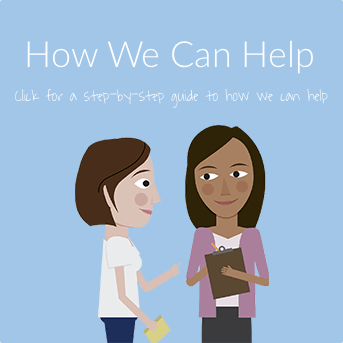You and I likely communicate with others every single day. Whether you’re talking to your family member, a coworker, or a salesperson, what you say and how you say it affect you and the person you are communicating with. An interaction can leave you feeling empty and angry, or empowered and understood. Why the difference? Just as you have personality traits, you also have a communication style. While you may vary your style from interaction to interaction, most people tend to have one style they rely on most.
The four most commonly recognized communication styles are:
- Passive
- Passive-Aggressive
- Aggressive
- Assertive
Passive communication often comes from a place of low self-esteem. Passive communicators frequently don’t speak up for themselves or assert their wants or needs. They may feel as if their feelings and opinions don’t matter, may not look people in the eye, and may even apologize for speaking up. Over time, being passive may lead to built up frustration or anger.
An example of Passive communication:
Sarah disagrees with Mark, but doesn’t want to speak up because she doesn’t like conflict. She looks down and nods her head in agreement, even though inside she dislikes how he is always getting to state his opinion.
Passive-Aggressive communication involves expressing negative feelings in a hidden, or indirect way. The person is still trying to avoid conflict, but the feelings come out in a roundabout way.
An example of Passive-Aggressive communication:
Sarah asks Mark, “Are you wearing that to the party?” triggering hurt and embarrassment for Mark. But rather than tell Sarah that he was bothered by the comment, Mark retaliates by slowing his efforts to get ready for the party, knowing it is important to Sarah that they get there quickly.
Aggressive communication has unfortunately impacted most people at times. The person who has been aggressive often expresses him or herself in a way that hurts others, often in response to their own anger or drivenness. Can you think of such an interaction? You probably ended up feeling hurt or insulted.
An example of Aggressive Communication:
Sarah is upset with Mark’s choice of restaurant for the night: “I can’t believe you chose this place again. You have the worst taste! How could you be so stupid? Why would I want to go here?”
Assertive communication is often the most effective and kind way to communicate. You are able to express your feelings and opinions directly, without deliberately offending or hurting others. This type of communication can be challenging, because you often must be brave (you are sharing your own wishes) and honest (sharing your true feelings can be hard). If you practice, communicating assertively typically becomes easier over time.
An example of Assertive communication:
Sarah wishes that Mark would put down his phone when they are having an in-person conversation: “Mark, I would really appreciate if you would put your phone down when we’re having a discussion. When you are looking at your phone, I have a hard time knowing if you’re listening to what I’m saying, and I wonder if what I’m telling you just isn’t important to you.”
Sarah probably felt a little nervous telling Mark how she felt, but she expressed herself honestly and in a respectful way. Hopefully, Mark will put down his phone and listen to Sarah during their next conversation and they will both feel better about how they are communicating.
Being assertive doesn’t come naturally to everyone. Sometimes it seems easier to give in to others, or more natural to get what you want by ordering people around. If your parents communicated this way, then it may seem normal to you. These types of behaviors are learned. The good news is that we can unlearn unhelpful behaviors. Persisting in problematic communication strategies—communicating passively, passive-aggressively, or aggressively–often leads to feelings of anger, resentment, irritation or isolation. Assertiveness can be learned through repeated use. There’s always time to change…here are some things to think about when you are interacting with someone with whom you have a relatively good relationship:
- Tell the other person what they’re doing.
- Tell them how it’s affecting you.
- Tell them how you feel about it. (Try to use “I” and express feelings rather than thoughts)
- Respectfully, tell them what you’d like them to change.
Each time you’re assertive, it will likely become a little bit easier. Gradually, you may start to notice that you feel better about yourself, and the relationships you have with others will be more satisfying. Change isn’t easy, but being assertive is worth it.




